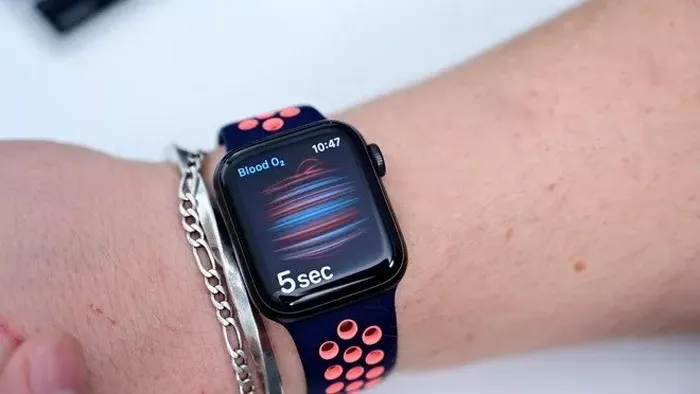Innovative Asthma Tracking App on Apple Watch Shows Early Promise, But Obstacles Loom Large
In a bid to revolutionize asthma management, Apple, in collaboration with Elevance Health (formerly Anthem), unveiled an experimental app for the Apple Watch during a September 2020 keynote. The app, part of a large-scale digital asthma study, holds significant potential, especially for low-income individuals, though it encounters challenges on the path to widespread adoption.
Promising Early Results
The collaborative effort focused on tracking 900 asthma patients in Medicaid and commercial plans, providing Apple Watches and sleep-tracking mats to monitor crucial health metrics. The app encourages users to reflect on symptoms and triggers, offering tools to respond to flare-ups. Initial data indicates a potential reduction in emergency visits among Medicaid users who actively engaged with the intervention. On average, one visit was avoided for every four participants.
Optimism Meets Skepticism
Bronwyn Harris, a cardiologist involved in designing the product at Apple, expressed optimism about the tool’s potential significance in asthma self-management. However, skeptics question its sustainability, pointing out complexities and potential difficulties in long-term maintenance. Concerns also linger about the intervention operating independently of other healthcare practices, potentially missing opportunities for comprehensive patient care.
Challenges on the Horizon
While the focus on Medicaid enrollees adds a crucial dimension to digital health innovation, challenges such as state-by-state bureaucratic hurdles and concerns about smartphone affordability highlight the complexities of targeting lower-income populations. Despite the positive indicators, the fate of the app depends on a more in-depth analysis of study data, including health outcomes and cost savings, and whether it aligns with the strategic priorities of Apple and Elevance.
Future Uncertainty
The study, which spanned two years and targeted asthma sufferers between 18 and 64 years old, emphasized the challenges of obtaining approval from both Apple and Anthem. The departure of key figures involved in the study raises doubts about the tool’s future, despite recognizing the need for expansion. Apple’s historical hesitancy in healthcare ventures and bureaucratic processes may pose obstacles to the wider adoption of this promising asthma management tool.
Conclusion
While the Apple Watch asthma app offers a glimpse into the potential of digital health innovation, the journey from promising results to widespread adoption is riddled with obstacles. The tool’s fate remains uncertain, balancing optimism with skepticism in the ever-evolving landscape of healthcare technology.

